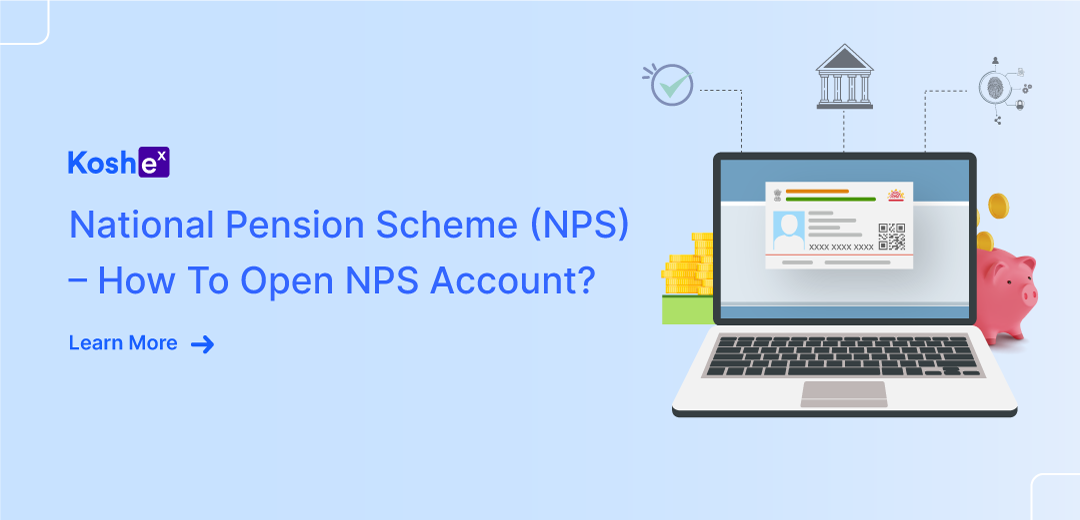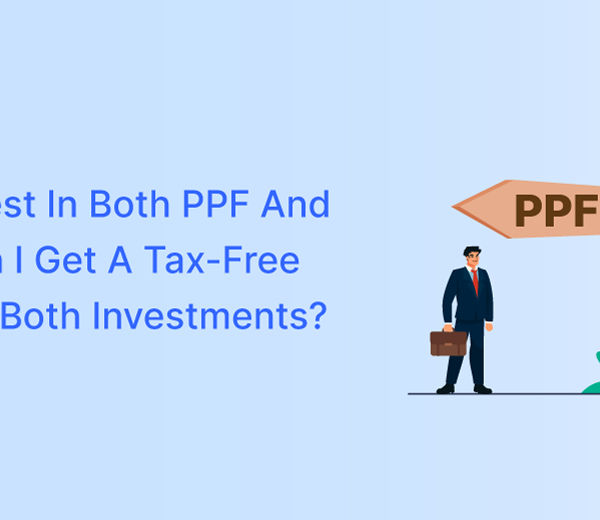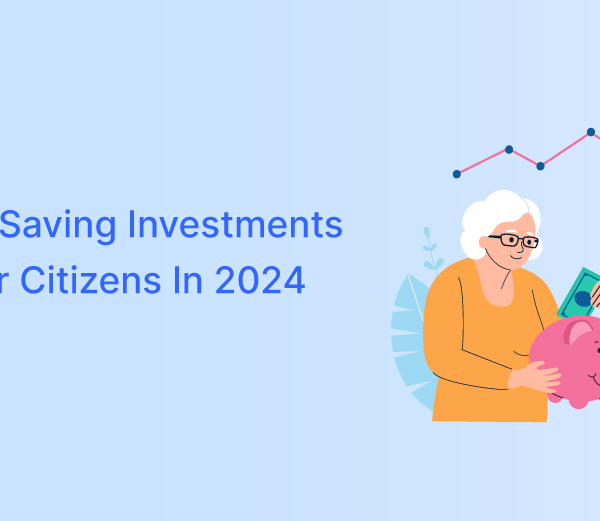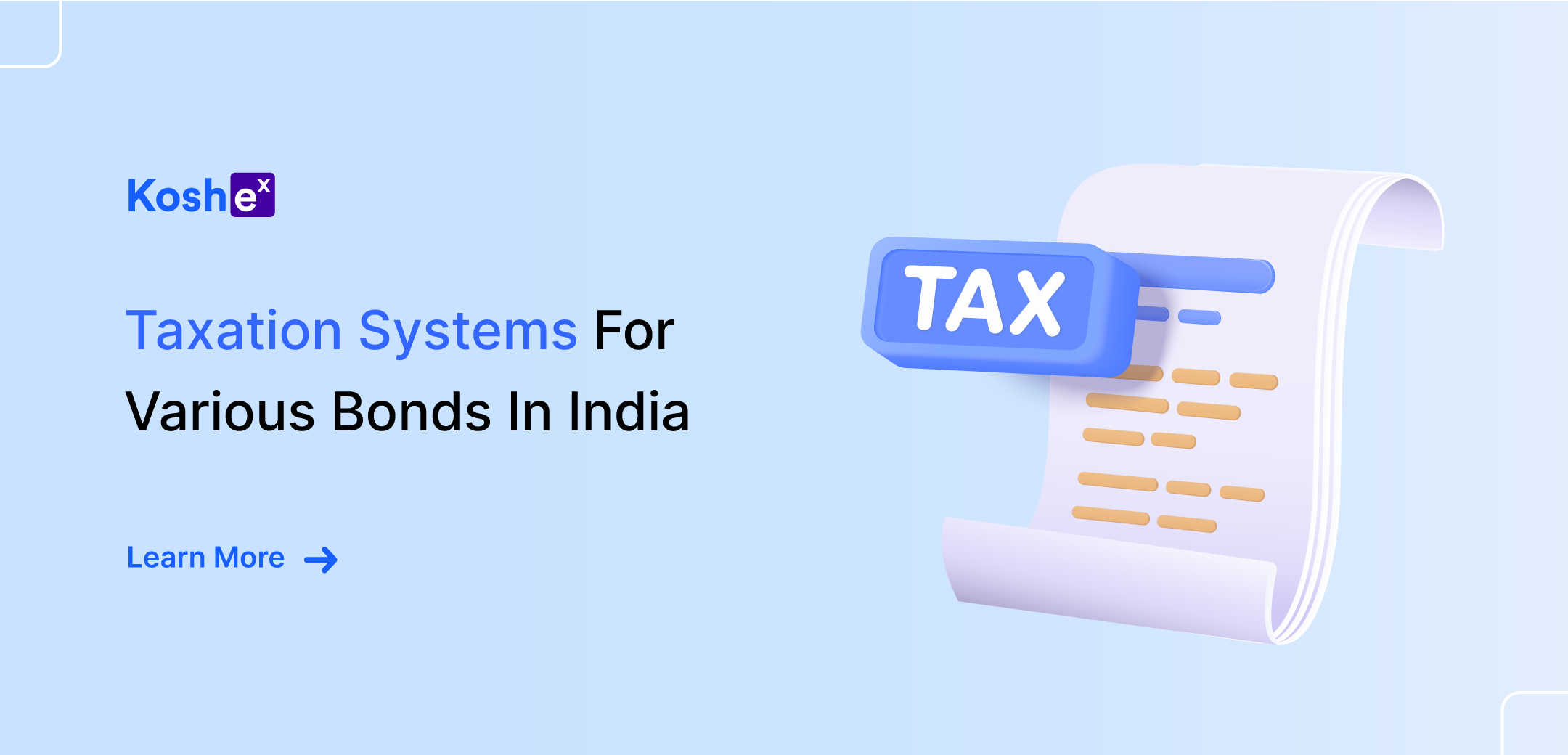National Pension Scheme
As a young professional, planning for retirement may not be at the top of your priority list. However, starting early can significantly impact your financial future.
The National Pension Scheme (NPS) is a government-sponsored initiative aimed at providing individuals with a reliable and secure retirement income. In this comprehensive guide, we will walk you through the process of opening an NPS account and explain why it is a smart choice for your retirement planning.
By opening an NPS account, you are taking control of your financial future and ensuring a comfortable retirement. With Koshex’s seamless online platform, you can easily manage your investments, track performance, and make informed decisions from the comfort of your home. Let’s delve into the details of how to open an NPS account and maximize its benefits.
Start building your retirement corpus today! Sign up with Koshex to open your NPS account and enjoy personalized investment strategies tailored to your goals.
Understanding the National Pension Scheme
The National Pension Scheme (NPS) was introduced by the Indian government in 2004 as a voluntary contribution-based pension system. It aims to provide financial security during retirement by encouraging individuals to save systematically throughout their working lives. Here’s everything you need to know about NPS:
Eligibility Criteria
To open an NPS account, you need to meet certain eligibility criteria:
1. Age: Any Indian citizen between 18 and 65 years old can apply.
2. KYC Documentation: You will need to submit proof of identity, address, and age when opening your account.
Types of NPS Accounts
There are two types of NPS accounts available:
1. Tier-I Account: This account is mandatory and designed to provide a long-term pension. Withdrawals are restricted until retirement.
2. Tier-II Account: This account is optional and offers flexibility for withdrawals. However, it does not offer any additional tax benefits.
Investment Options and Asset Classes
NPS offers a range of investment options to suit different risk appetites. The asset classes include:
1. Equity (E): Invests predominantly in equities and carries higher risk but also the potential for higher returns.
2. Corporate Bonds (C): Invests in fixed-income securities issued by corporate entities.
3. Government Securities (G): Invests in fixed-income securities issued by the government.
4. Alternative Investment Funds (A): Invests in asset classes other than traditional stocks and bonds.
Investors can choose their preferred allocation across these asset classes based on their risk tolerance and investment goals.
How to Open an NPS Account
Opening an NPS account is a simple process that can be completed online.
Step 1: Registration
- Online: Through eNPS portal (enps.nsdl.com).
- Offline: Visit a Point of Presence (PoP).
Gather Documents:
- Proof of Identity (PAN, Aadhaar)
- Proof of Address
- Passport size photograph
- Canceled cheque (optional)
Fill Application Form:
- Provide personal details, scheme preference, and contribution details.
- Verify information and submit.
Step 2: Selecting an NPS Point of Presence
Selecting an NPS Point of Presence (PoP) is essential for operating, managing, and tracking your National Pension System (NPS) account. PoPs are service providers present across the country that ensure the smooth operation of NPS accounts. Here are some key aspects to consider when selecting an NPS PoP
1. Availability: Choose a PoP with a location convenient for you, as accounts can be managed anywhere.
2. Services: Opt for a PoP offering a wide range of services, including account opening/operation, personal details updates, and performance tracking.
3. Transferability: Ensure the PoP allows for easy and hassle-free switching to another provider if needed.
4. Reputation: Select a reputable and reliable PoP to minimize risks associated with fraud or mismanagement.
5. Fees: Compare fees among different PoPs to find the most cost-effective option
Choosing a Pension Fund Manager
Selecting the right Pension Fund Manager (PFM) is crucial for maximizing your National Pension System (NPS) returns. Consider these factors:
- Investment Performance: Analyze the PFM’s track record in generating consistent returns across various asset classes.
- Investment Philosophy: Align your risk appetite with the PFM’s investment philosophy, which could be conservative, moderate, or aggressive.
- Expense Ratio: Compare expense ratios (fees charged by the PFM) to find the most cost-effective option.
- Brand Reputation: Opt for a reputable PFM with a strong track record and positive customer feedback.
- Fund Options: Choose a PFM offering diverse fund options to cater to your risk tolerance and investment goals.
Contribution Details
Decide on the contribution amount and frequency for your NPS account:
1. Choose between regular contributions or one-time contributions based on your convenience.
2. Determine the contribution frequency – monthly, quarterly, or annually.
3. Evaluate your financial capabilities and set a contribution amount that suits your budget.
Completing KYC Verification
To comply with regulatory requirements, complete the KYC verification process:
1. Upload scanned copies of your PAN card, address proof, and photograph.
2. Submit any additional documents required for KYC verification.
3. Review the details before submitting to ensure accuracy.
Benefits of Opening an NPS Account
Opening an NPS account offers numerous benefits that contribute to long-term financial security:
Tax Benefits
NPS provides attractive tax benefits at various stages:
The National Pension System (NPS) offers a multitude of tax benefits, making it an attractive investment option for individuals looking to save for retirement. Here’s a breakdown of the key tax advantages:
Tax Deductions:
- Section 80CCD(1B): Individuals can claim an additional deduction of up to ₹50,000 on their contributions to NPS over and above the regular limit of ₹1.5 lakh under Section 80C.
- Section 80CCD(2): Employers can claim a tax deduction for their contributions towards an employee’s NPS account, up to 10% of the employee’s basic salary and dearness allowance.
- Section 80CCD(1): Self-employed individuals can claim a deduction for their contributions to NPS, up to 10% of their gross income.
2. Maturity Phase: At the time of retirement, you can withdraw a portion of your corpus tax-free (up to 40% of the corpus), while the remaining amount is used to purchase an annuity for regular income.
Also Ready: All You Need To Know About Saving Income Tax
Market-Linked Returns
NPS offers market-linked returns through its investment options. By diversifying your investments across asset classes, you can potentially earn higher returns and outpace inflation in the long run.
Flexibility and Portability
NPS provides flexibility in terms of contribution amounts and frequency. You can increase or decrease your contributions based on your financial situation. Additionally, NPS accounts are portable, allowing you to transfer your account across different locations and jobs.
Annuity Options
Upon retirement, a portion of your NPS corpus can be used to purchase an annuity from an insurance provider. The annuity provides a regular income stream during retirement, ensuring financial stability.
Secure Your Retirement with an NPS Account
Planning for retirement may seem like a distant goal, but starting early can make a significant difference in securing your financial future. Opening an NPS account helps you save for retirement and offers tax benefits and market-linked returns.
Take control of your financial future by signing up with Koshex today and start building a robust retirement portfolio tailored to your needs. Don’t let time slip away – start investing in yourself today!
FAQs
1. What are the investment options available under the NPS?
– The NPS offers four asset classes: Equity (E), Corporate Bonds (C), Government Securities (G), and Alternative Investment Funds (A). Investors can choose their preferred allocation based on their risk appetite and financial goals.
2. Can I withdraw money from my NPS account before retirement?
Yes, you can withdraw money from your NPS account before retirement, but with restrictions.
- Partial withdrawal: Up to 25% of your contributions after 3 years, maximum 3 times, 5 years apart (tax-free).
- Premature exit: After 10 years, of unemployment, medical emergencies, and higher education. The amount depends on reason and total corpus (taxes may apply).









Leave a Comment